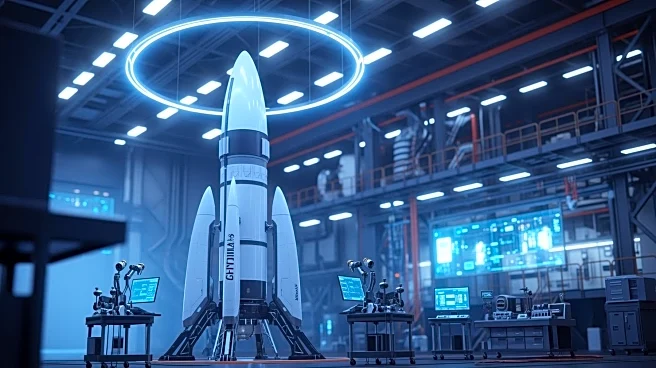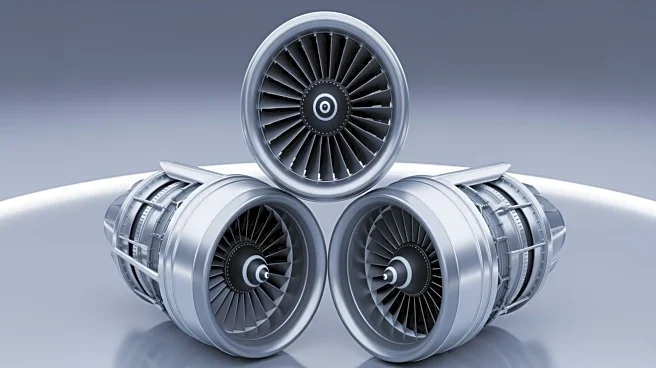What's Happening?
SpaceX is currently experiencing contract-related challenges, as highlighted in a recent episode of the Today in Manufacturing Podcast. The podcast, which covers significant developments in the manufacturing
sector, also discussed the National Transportation Safety Board's report on the implosion of the Titan submersible due to faulty engineering. Additionally, Nestlé announced plans to cut 16,000 jobs over the next two years. These stories are part of a broader discussion on the implications of such events on the manufacturing industry.
Why It's Important?
The turmoil surrounding SpaceX's contracts could have significant implications for the aerospace and defense sectors, potentially affecting project timelines and financial stability. The manufacturing industry, already grappling with labor shortages and operational challenges, may face further disruptions. Nestlé's job cuts highlight the ongoing struggles within the food and beverage sector, reflecting broader economic pressures. These developments underscore the need for strategic agility and innovation in manufacturing to navigate current and future challenges.
What's Next?
As SpaceX addresses its contract issues, stakeholders will be closely monitoring the company's ability to maintain its project commitments. The manufacturing sector may see increased efforts to enhance workforce flexibility and talent mobility, as suggested by industry leaders. Nestlé's restructuring could lead to shifts in market dynamics, influencing competitors and supply chains. The industry will likely continue to adapt to these changes, seeking sustainable solutions to mitigate the impact of such disruptions.
Beyond the Headlines
The challenges faced by SpaceX and other manufacturers may prompt a reevaluation of engineering standards and safety protocols, particularly in high-stakes projects like submersible and aerospace ventures. The emphasis on workforce agility and talent development could drive long-term shifts in employment practices, fostering a more resilient manufacturing sector. These developments may also influence public perception and regulatory scrutiny, shaping the future landscape of manufacturing and technology.











